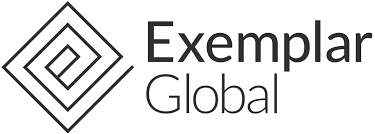
Ethics
It may come as warm and welcome information that in the current Australian business world of high insurance premiums, active and aggressive workplace safety watchdogs and militant and uncompromising worker unions the number one reason our OHS consulting services have been utilised by businesses is the business owners and managers desire to keep their employees and persons under their control safe when at work and ensure they return home to their families and loved ones in the same condition as they left.
Pro-Active Workplace Safety Enforcement Body
Australia and in particular Victoria where we conduct majority of our consulting is home to a very proactive workplace safety enforcement body, Worksafe. In times of high employment, job creation and job growth an efficient and effective workplace watchdog is paramount.
However, as an employer the outcomes of OHS related enforcement notices, fines and court action against businesses can be extremely detrimental to ongoing business, growth and development and can leave a lasting black mark against any business.
Injury Claims Resulting in Increased Insurance Premiums
In business protecting the downside is of key importance. Insurance cover against potential financial losses due to property damage, theft, legal proceedings or worker injury claims is essential.
However lodging insurance claims and in particular worker injury claims which are known to spiral upwards in costs and continue for long periods can have knock on effects with regards to future insurance premiums paid by businesses.
This is due to algorithms being created by the insurance companies for each claim and tagged to the claimant (business). As a business grows so too do the algorithms/s meaning the businesses insurance premium also increases.
Threat of Industrial Action by Unions
Australia and in particular Victoria where we conduct most of our consulting is home to some of the most militant and uncompromising unions. Unions can at times when they are not being heard look to pick holes and find gaps in businesses operating procedures and service equipment with regards to OHS and use these instances of ‘non-compliance’ as political leverage in an attempt to be better heard.
It is important that businesses commence works and maintain works while keeping up with all OHS procedures during operations and maintaining all plant and equipment required during services so to reduce the likelihood of unions focusing on OHS related holes or gaps in their business operations and causing what are sometimes unnecessary delays.
For smart businesses it’s not about the costs of effective OHS management systems and procedures, it’s about the costs of not having effective OHS management and procedures.
Posted By: Cathal Uniacke – cathal@custodiansafety.com.au







